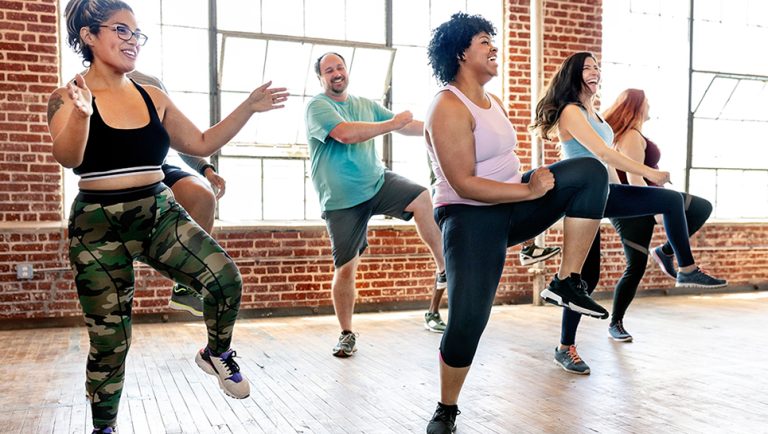Articles & Content
Unlearning and Learning
These short articles provide tips and resources for you to explore issues of weight stigma and how a body liberation approach aligns with public health values.
FEATURED ARTICLES
By Katie Borofka - We need fellow rebels and activists and we need to find each other. We need community who says: Your body is not the problem. You are surviving the best way you know how. You are not alone.
As we work toward making our public health pedagogy and classrooms more inclusive and trauma-informed, it is imperative that we are intentional about how we represent and talk about bodies, weight and health, and how welcome people feel in our programs.
Here are some things to consider about weight-loss drugs from a body liberation + public health perspective. In any case, our work toward an equitable world for people in larger bodies continues.
ALL CONTENT
By Katie Borofka - We need fellow rebels and activists and we need to find each other. We need community who says: Your body is not the problem. You are surviving the best way you know how. You are not alone.
As we work toward making our public health pedagogy and classrooms more inclusive and trauma-informed, it is imperative that we are intentional about how we represent and talk about bodies, weight and health, and how welcome people feel in our programs.
What if the “failure” rate of New Year's resolutions has more to do with the types of resolutions we are making – ones given to us by others (looking at you, weight-loss industry) – rather than ones that come from within, according to our own values?
Here are some things to consider about weight-loss drugs from a body liberation + public health perspective. In any case, our work toward an equitable world for people in larger bodies continues.
We want to highlight this amazing group of medical students as an example of how those of us working in health fields and education can take a stand and make a difference in reducing weight stigma and anti-fat bias in our work and in society.
By Liz Budd and Nichole Kelly - Community organizations and individuals began reaching out to us for help in adjusting their approaches to be less harmful and more helpful to their patients, clients, students, and community members. We created ReDefine Health Promotion, LLC to better serve these community needs and facilitate widespread impact.
By Erin Bransford - Weight stigma and diet culture are deeply entrenched in the fitness and recreation industries. What can a fitness and recreation professional do to push back against this harmful narrative and create a facility, programs, and services that are welcoming to all bodies?
Here is an example of advocacy on behalf of weight-inclusive policy, including students speaking up, faculty and staff supporting them, and administrators listening. Learn about a Fat Justice Journal Club and its advocacy project.
Creating workplaces that are inclusive of people of all sizes involves physical and visual aspects, as well as the topics of "water cooler banter." Explore ways that both organizations and individuals can make people of all sizes feel welcome at work.
In order for the School of Public Health to really move forward in an equity lens, a fat justice lens needs to be incorporated. Too often, people in fat bodies feel uncomfortable navigating health and public health spaces, and the first step to breaking that cycle is to acknowledge and promote that we belong in them.”
— Stephanie Schulden, Fat Activist and MPH Student








